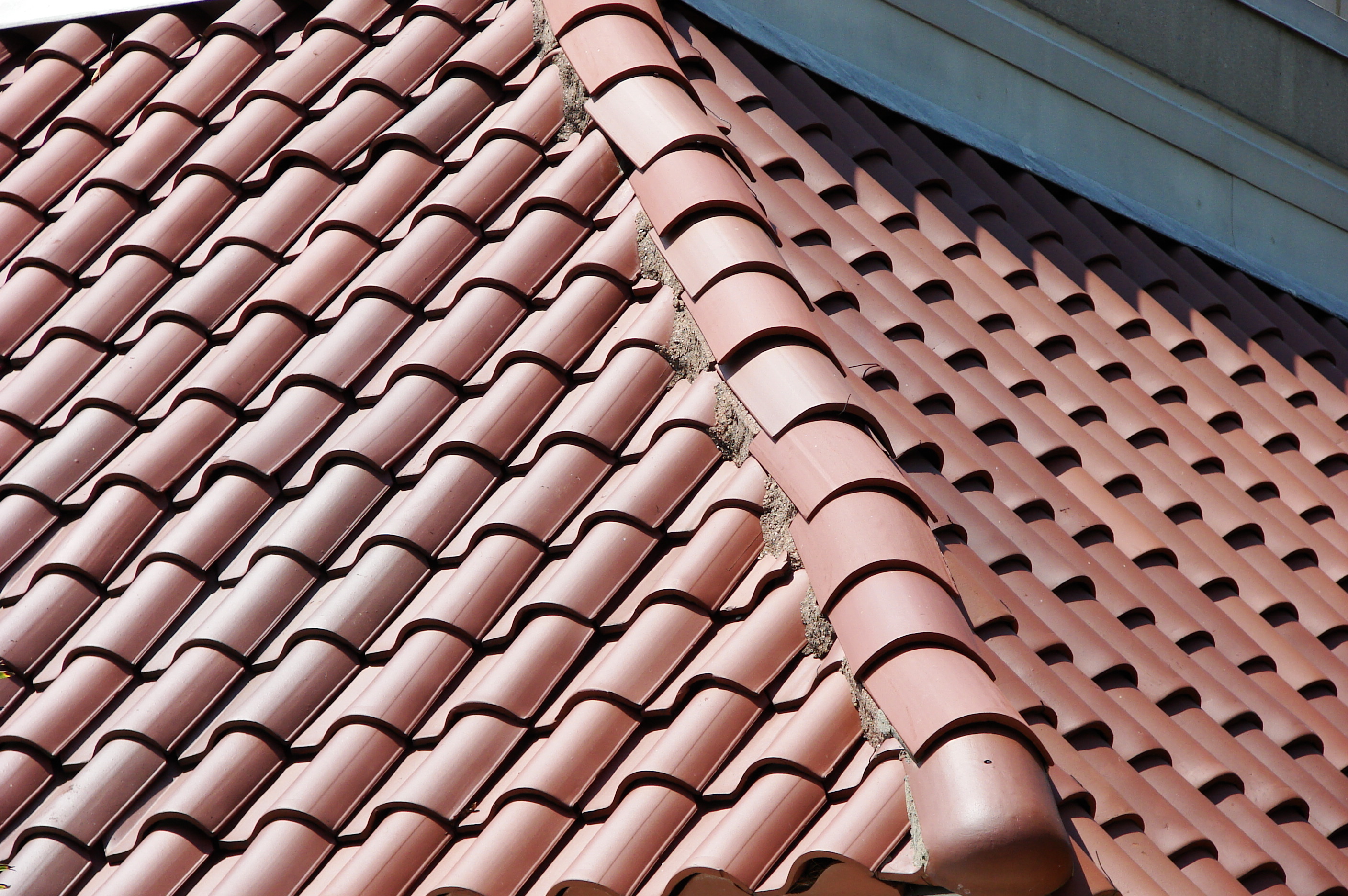 No matter the harsh weather that Michigan is known for, your roof needs to be ready. As weather can have such an impact on your roof, it is best to consult your local Shelby roofer to ease the decision-making process. For more info, consult this quick roofing solutions guide for different climates:
No matter the harsh weather that Michigan is known for, your roof needs to be ready. As weather can have such an impact on your roof, it is best to consult your local Shelby roofer to ease the decision-making process. For more info, consult this quick roofing solutions guide for different climates:
Best Roofing Solutions For Harsh Weather Conditions
Snow/ Summer Rain
Heavy Rain / Strong wind
For a pitched roof, shingles are the most popular because of their water resistant properties. However, they are not waterproof and rely heavily on the roof’s slope to drive water off the roof. Again, metal could also be a good choice for these types of weather conditions. Materials for a flat roof include TPO, PVC, built-up systems and spray polyurethane foam, — to name a few — and each has its benefits. For example, spray polyurethane foam is fairly simple to maintain and provides insulation and soundproofing.
Dry Heat / Summer Storms
In dry desert climates like Arizona, Utah and Nevada, a pitched or flat roofing system will work. However, with both roofing systems, you need to consider that thermal shock is a possibility. Thermal shock occurs when a roof that has been baking in the sun is rained on. The rain rapidly draws heat out of the roofing material, causing it to shrink as it cools. This rapid cooling can cause the roofing material to crack because it is shrinking on the surface faster than the bottom can accommodate. With rain, the roof temperature may drop as much as 100 degrees F. within a matter of minutes, which places a severe strain on the roof system.
As for materials, the flat roof materials (mentioned above) are standard. However, it is key to note that the heat and sun damages organic roofing materials faster than elsewhere and regular maintenance is encouraged. For a pitched roof, you can get creative and have anything from metal to shingle, to tile. If you choose to go with tile, they are available in a selection of profiles and colors ranging from hand-made sun-dried “sandcast” tile to clay and concrete.
Original Post here: Choosing the Right Roof for Your Climate
No comments:
Post a Comment